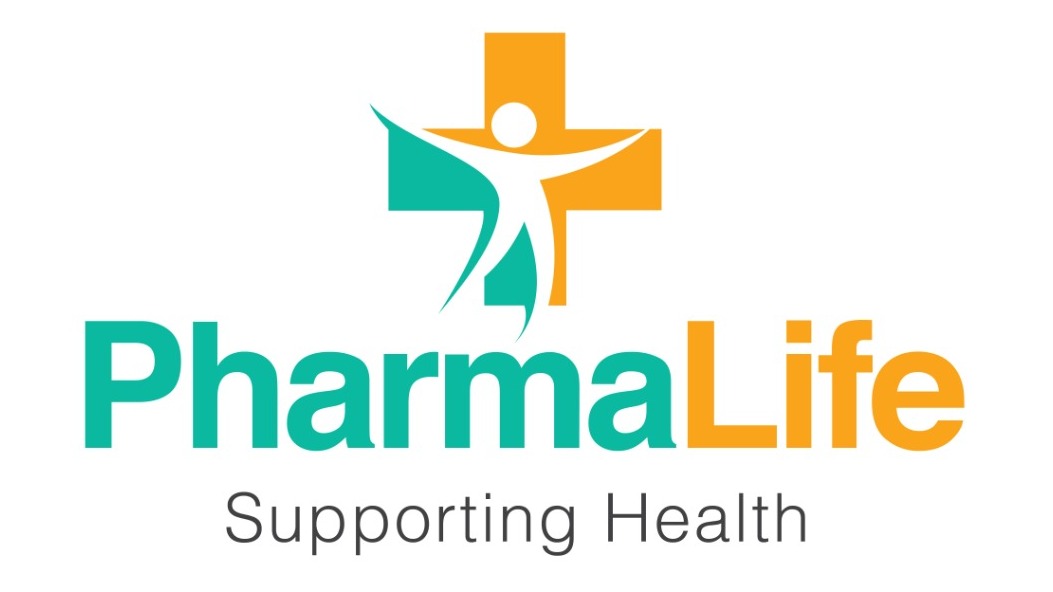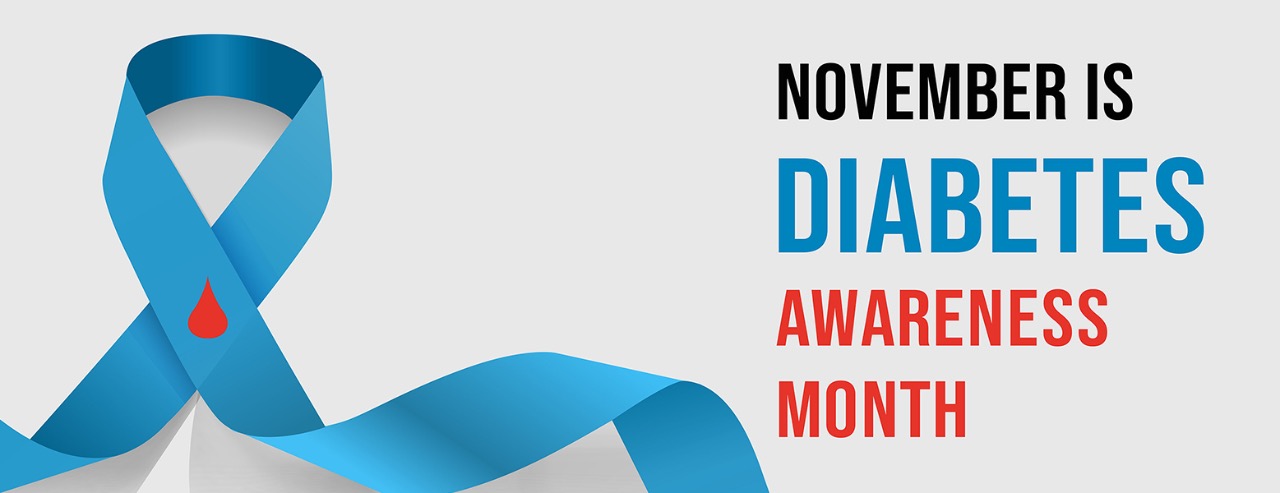World Diabetes day, marked every year on 14 November, was initiated by the joint efforts of the World Health Organization and the International Diabetes Forum back in 1991 with an aim of educating the growing number of people with diabetes including those at risk. Each year, this day encircles world-wide campaigns focusing on dedicated themes running for one or more years. The theme for World Diabetes Day 2021-2023 is Access to Diabetes Care – If Not Now, When?
World Diabetes Day is marked on the birthday of Sir Fredrick Banting, who along with Charles Best, co-discovered insulin back in 1922. As we celebrate this year’s World Diabetes Day, PharmaLife brings to you must-know information regarding Diabetes along with WHO prescribed intervening actions to prevent this disease.
What is Diabetes?
Diabetes or more precisely, Diabetes Mellitus is a chronic metabolic disorder causing high level of glucose or sugar in our blood stream. The hormone insulin, secreted by the pancreas, transforms sugar in our blood to its storage form and stores them in our cells. This stored form of sugar i.e. glycogen can later be utilized for energy. However, in case of diabetic people, the body cannot either produce enough insulin or properly utilize this hormone. This ultimately leads to high level of sugar in our blood stream which can manifest as various serious conditions.
Poorly controlled or untreated diabetes can lead to a range of severe consequences from nerve and eye damage, to problems in kidneys and heart.
Types of Diabetes
Diabetes is basically of four types depending upon the underlying mechanism causing blood glucose imbalance. These four types of diabetes include:
- Type 1 Diabetes: This is an autoimmune condition in which our body’s own immune system attacks and destroys the insulin-producing β cells of pancreas. Type 1 diabetes is more prevalent in children and young adults. About 10% of the diabetic people have type 1 diabetes.
- Type 2 Diabetes: In type 2 diabetes, either the body is unable to produce adequate insulin, or the body becomes resistant to insulin. With the cells not responding to insulin, sugar builds up in our bloodstream. This is the most common type of Diabetes and accounts for over 90% of total diabetic people.
- Pre-diabetes: When the blood sugar level in our body is higher than normal, but not high enough to be diagnosed with Type 2 diabetes, it is termed as pre-diabetes. This is therefore the initial stage of Type 2 diabetes.
- Gestational Diabetes: During pregnancy, the placenta can release insulin-blocking hormones in turn presenting diabetes. Gestational diabetes, however, subsides after pregnancy.
Apart from these major four types of diabetes there are other different forms of diabetes which are relatively less common including Monogenic diabetes, cystic fibrosis related diabetes, chemically-induced diabetes. Diabetes insipidus is different from diabetes mellitus in which the kidney excrets abnormally high content of fluid from the body due to imbalance in the Anti-Diuretic Hormone (ADH).
Symptoms of Diabetes
Diabetes can present itself with a range of symptoms from mild to relatively severe ones. The general symptoms of diabetes may include the following:
- Increased thirst and hunger
- Polyuria (Frequent urination)
- Glycosuria (Sugar in urine)
- Myalgia and extreme fatigue
- Blurry vision and dry mouth
- Slow-healing cuts and wounds
- Frequent infection
- Numbness or tingling in the hands or feet
Apart from these general symptoms, there are other less common symptoms like yeast infection, urinary tract infection, itchy skin and infections. Decreased sex drive and erectile dysfunction is also sometimes manifested in men.
If you or anyone in your family do come across symptoms like these, make sure you get tested yourself for diabetes. PharmaLife associated pharmacies near you can also provide further counseling regarding plasma glucose tests.
Risk Factors of Diabetes
Diabetes is a chronic condition and thus is aggravated due to various risk factors. Daily lifestyle habits can influence the probability of developing diabetes by a varying degree. Introducing a rather healthier lifestyle and eliminating certain risk factors can help eliminate the risk of diabetes by a great extent. Some of the risks factors for diabetes include:
- Type 1 Diabetes: Chances of developing type 1 diabetes are more in younger individuals with a parent or sibling with similar condition. Genetic composition is largely the triggering factor for type 1 diabetes.
- Type 2 Diabetes: Specific risk factors for type 2 diabetes usually include obesity, lack of physical activity, high cholesterol, triglyceride (TAG), hypertension. Genetic composition and age can also be probable risk factor for this type of diabetes.
- Gestational Diabetes: Obesity, family history, polycystic ovary syndrome (PCOS) are some of the risk factors that increase the chances of developing gestational diabetes.
In this manner there are various genetic, environmental and other pre-existing medical conditions that can further multiply the chances of developing diabetes. Your physical activity and diet can also dominate the chances of developing this condition. So, make sure you make necessary chances in your daily life to minimize the risk of this chronic disease.
Diabetes in the recent years has been more prevalent both in developing and developed nations. However, this fairly common condition can impose serious threats and complications. High blood sugar level can irreversibly damage many organs and tissues in our body ultimately leading to multi organ failure. Heart attack, stroke, neuropathy, nephropathy, skin and foot damage, retinopathy and hearing loss are some of the common yet life-threatening complications of diabetes. Uncontrolled diabetes in many cases can also lead to depression and dementia. Therefore, even if you do develop diabetes, managing the condition with medications and proper lifestyle changes is a must.
Treatment and Management of Diabetes
Pre-diabetes and milder form of diabetes can be treated with a number of oral and systemic medications. Bringing about simple yet effective lifestyle and behavioral changes in your life can prove beneficial in managing this condition.
Human Insulin (Humulin) or simply insulin is the main treatment for type 1 diabetes. This hormone will replace the one secreted by our pancreas and thus treat diabetes. Insulin is available in various forms including Rapid-acting, Short-acting, Intermediate-acting and Long-acting insulin. Daily administration of insulin is also nowadays easy with the development of a special instrument called insulin-pen. This device is self-administered and easily available in the nearest PharmaLife pharmacies.
Similarly, type 2 diabetes can be managed with diet changes and exercise. If lifestyle changes alone are unable to manage diabetes, medications like alpha-glucosidase inhibitors, glucagon-like peptides, SGLT-2 inhibitors can come in handy.
Keeping the blood glucose level within the normal range by following an appropriate diet plan, increasing physical activity, controlling blood pressure, cholesterol and taking prescribed medications are equally important to manage type 2 diabetes. If you have type 2 diabetes, or anyone in your family does, please follow these handy tips to make sure no complications arise:
- Exercise regularly for at-least half an hour.
- Follow healthy diet habit like the Mediterranean diet. Consult a dietician if necessary.
- Lose Weight if you are obese.
- Quit smoking and alcohol consumption
- Follow your prescribed medications and monitor blood glucose level regularly
Monitoring Blood Glucose Level At Home
Checking, monitoring and maintaining your blood glucose level is necessary to help you track your progress on managing this disease. The easiest way to check your blood glucose level at home is with a blood glucose meter. Using the blood glucose meter is fairly easy and can be done at home if you have the proper knowledge. Pricking the side of your finger to apply a drop of blood on a test strip is all you have to do and within minutes you will know your blood glucose level. The normal blood sugar level before a meal (pre-prandial) should be between 80 and 130 mg/dL. And, the post-prandial glucose level (after a meal) should be less than 180 mg/dL. You can get your blood glucose meter at the nearest PharmaLife associated pharmacies. Our partnering pharmacies will also counsel you regarding necessary lifestyle and diet changes if required.
With the proper knowledge and information, there is so much you can do to prevent developing diabetes. Make sure you follow these changes to minimize your chances of developing this disease. However, if you or anyone in your family develops symptoms of diabetes, see your physician immediately. Now that you know how to prevent, manage and treat diabetes, we hope you live a long and healthy life with vitality.


There are no comments